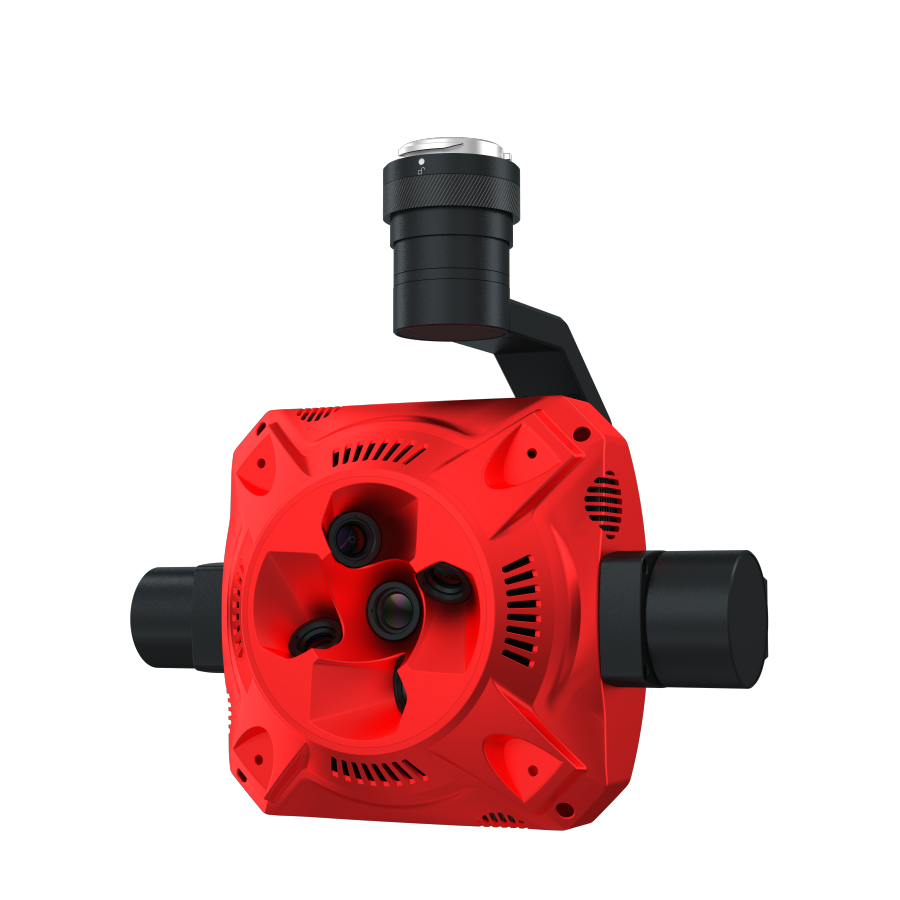Bipedal Robot
A robot that walks on two legs, mimicking human locomotion. Bipedal robots are used in research, entertainment, and industrial applications.
Bipedal robots, which walk on two legs similar to humans, represent a fascinating intersection of engineering, biology, and artificial intelligence. Understanding terms like "Bipedal Robot" is crucial not only for grasping the fundamentals of robotics but also for appreciating their implications in various sectors, from entertainment to industry.
What is a Bipedal Robot?
A bipedal robot is defined as "a robot that walks on two legs, mimicking human locomotion." This technology combines mechanics, electronics, and computer science to create machines that replicate the way humans move. Bipedal robots utilize complex algorithms, sensors, and actuators to balance, navigate various terrains, and perform tasks that require a degree of dexterity and agility. Their design often draws inspiration from human anatomy, mirroring the joints and movements necessary for effective locomotion.
Key Concepts:
Locomotion: The ability of a robot to move through space using its two legs, modeled after human walking.
Balance and Stability: Mechanisms enabling a bipedal robot to maintain an upright position and navigate uneven surfaces.
Sensors and Feedback: Instruments that allow robots to perceive their environment and make adjustments based on feedback.
Actuators: Devices that enable movement by converting energy into mechanical motion, often mimicking muscle action.
Applications and Relevance:Bipedal robots find uses across diverse domains, including:
Research: Operating as models for studying human movement and gait analysis in biomechanics.
Entertainment: Engaging audiences in films, theme parks, and exhibitions, showcasing the capabilities of robotic innovations.
Industrial Tasks: Performing jobs in environments where human-like mobility is advantageous, such as navigating crowded spaces or handling objects that need a two-legged stance.
Healthcare: Assisting in rehabilitation therapy or companionship for individuals with limited mobility.
Challenges and Considerations:Despite their potential, bipedal robots face several hurdles:
Complexity of Movement: Replicating the intricacies of human gait poses significant engineering challenges, requiring advanced algorithms and real-time processing.
Power Supply: Providing sufficient energy for prolonged operation while maintaining a lightweight design can be problematic.
Cost of Development: Creating sophisticated bipedal robots involves high expenses related to research, development, and materials.
Safety Issues: Ensuring safe interactions with humans and the environment, particularly in public spaces, is crucial for widespread adoption.
Future Trends and Innovations:The future for bipedal robots is bright, marked by exciting advancements:
Improved AI Integration: Utilizing artificial intelligence to enhance movement, adaptability, and decision-making in dynamic environments.
Soft Robotics: Developing robots with soft materials to enable safer interaction with humans and decrease the risk of injury.
Collaborative Robots (Cobots): Creating bipedal robots designed to work alongside humans in various settings, improving efficiency and ergonomics.
Advanced Learning: Implementing machine learning algorithms that allow robots to learn from their experiences, refining their locomotion and interaction skills over time.
Bipedal robots symbolize not only the ingenuity of modern robotics but also our desire to explore and enhance the ways machines interact with the human world. Their applications across multiple sectors highlight their significance, while ongoing challenges spur innovation and research. Ultimately, as we advance in the realms of robotics and artificial intelligence, bipedal robots will likely play a pivotal role in transforming industries, solving complex problems, and enriching human experiences.














